When the Samsung Galaxy Fold first launched, it was quickly recalled after many discovered durability issues with its build. It was then re-released where it seemed to fare better, although when a test was conducted to test its durability, it was discovered that it fell far short of what Samsung had claimed.
More recently, it seems that Motorola’s Razr met the same fate where a recent durability test found that the phone managed 27,000 folds before it “broke” and no longer went back to its original shape.
It sounds absurd that people are paying $1,500 and close to $2,000 for devices that seemingly have a shorter lifespan than your typical smartphone, but you know what, that’s completely fine.
Why do we think it’s fine?
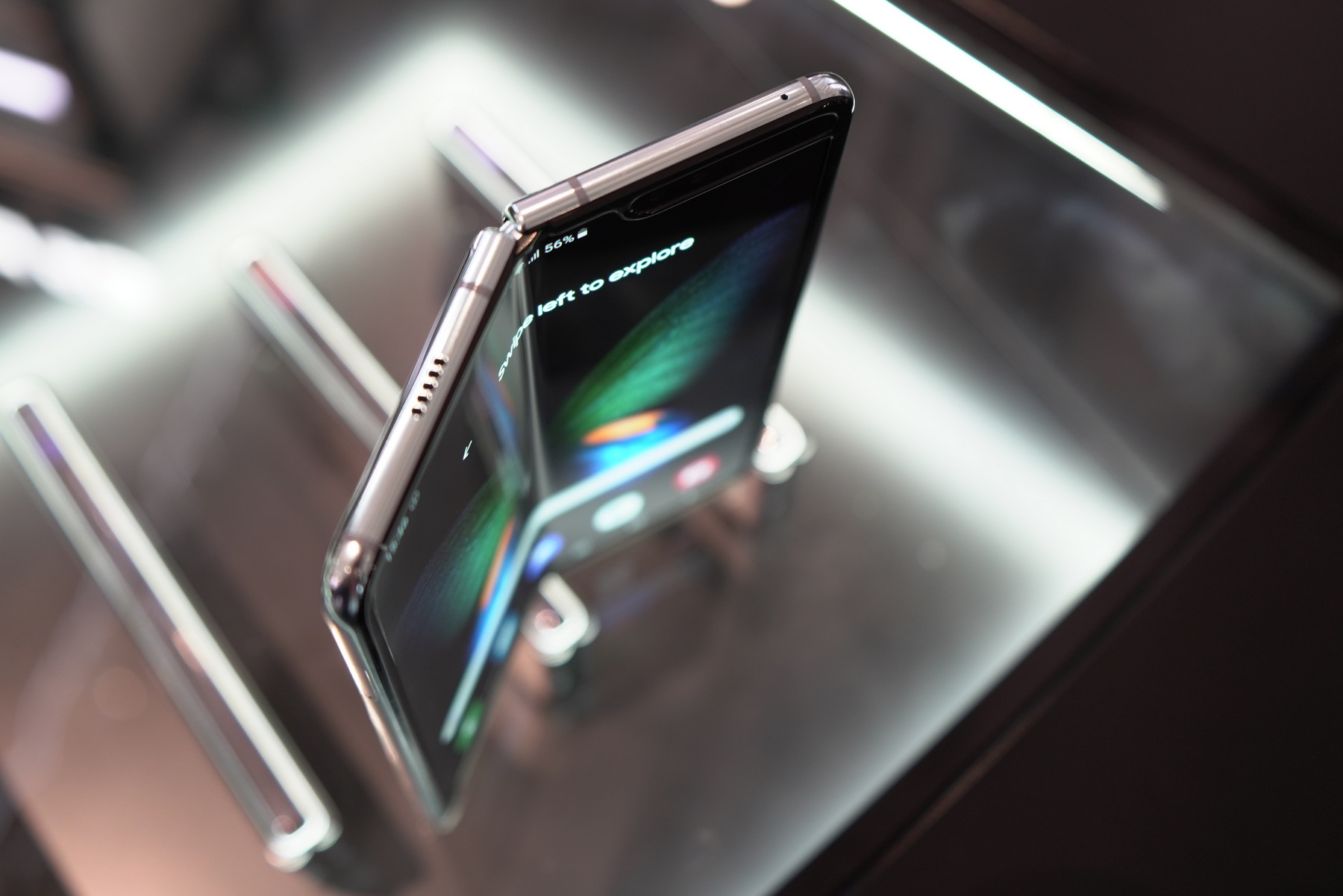 First of all, we need to understand that foldable displays are still a relatively new piece of technology. As with all pieces of new technology, there are kinks that need to be worked out, and what better way to test it by releasing it to the masses where it will be used in ways that companies might have never otherwise figured out in a lab.
First of all, we need to understand that foldable displays are still a relatively new piece of technology. As with all pieces of new technology, there are kinks that need to be worked out, and what better way to test it by releasing it to the masses where it will be used in ways that companies might have never otherwise figured out in a lab.
Secondly, these phones are clearly not designed for the average consumer. At those prices, it is clear that companies like Samsung, Huawei, and Motorola are trying to court early adopters and those willing to take a chance, and we wouldn’t be surprised if the margins on these devices are razor thin.
Thirdly, it is simply just pure physics, where if you fold something repeatedly enough times, it will eventually lose its integrity and break.
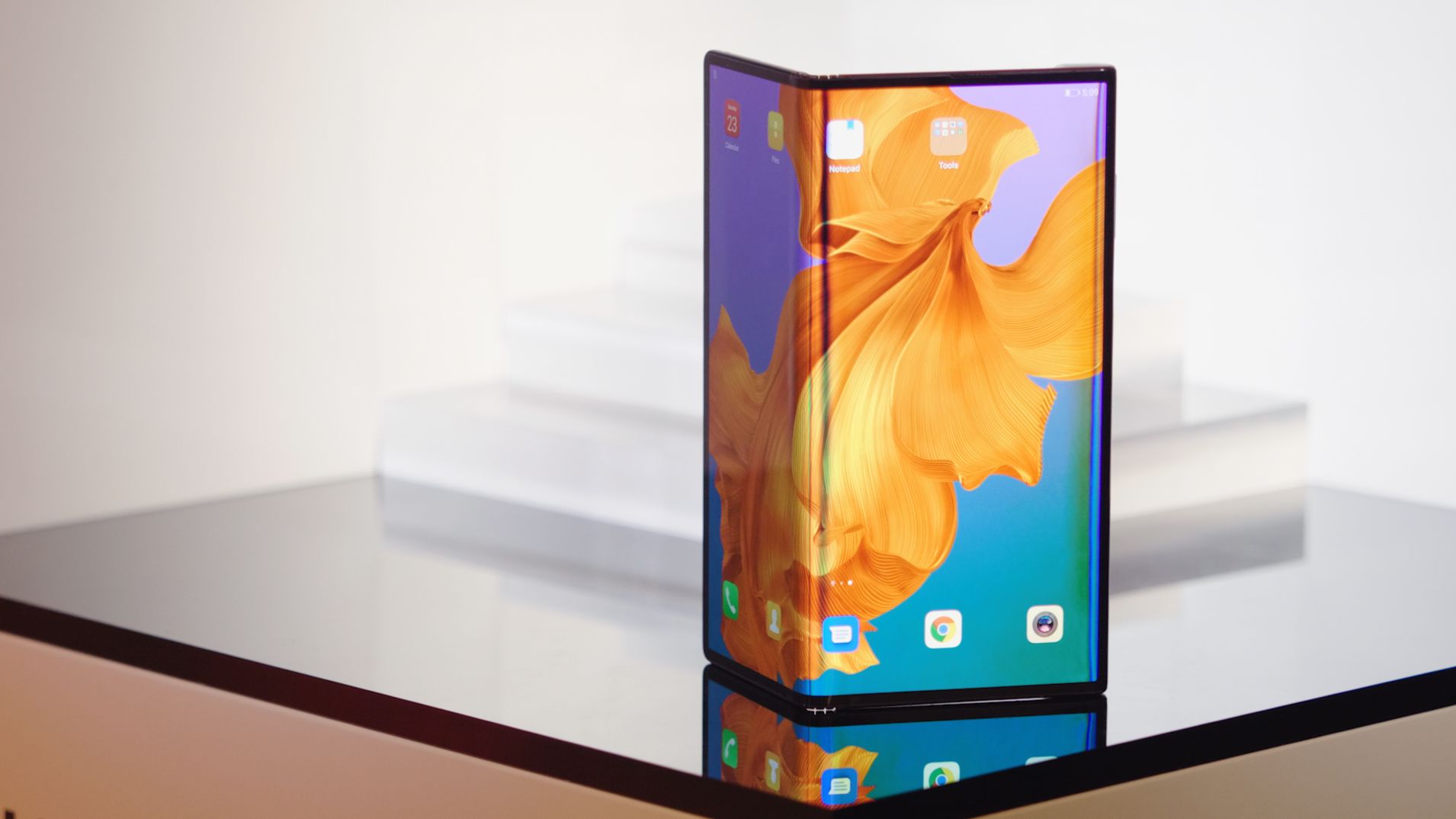 It wouldn’t really be fair to these companies to be so critical of such early pieces of technology. If foldable phones have been around for 5 years and they’re still facing these kind of durability issues, then maybe it would make sense to complain, but for devices that have been on the market for less than a year, how about we give them a break?
It wouldn’t really be fair to these companies to be so critical of such early pieces of technology. If foldable phones have been around for 5 years and they’re still facing these kind of durability issues, then maybe it would make sense to complain, but for devices that have been on the market for less than a year, how about we give them a break?
At the moment, the smartphone market has kind of peaked where it is unclear where we might go next. Foldable phones, at least in concept, hold a ton of promise where we have yet to figure out how to properly implement it, so let’s just give it some time and see where it takes us.

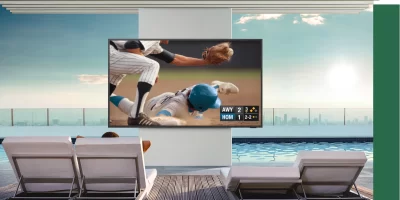
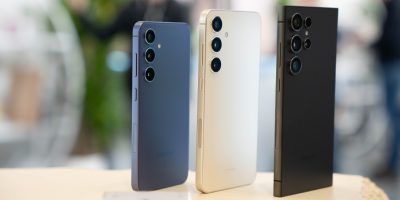

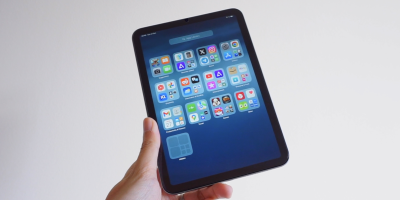
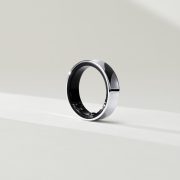



Comments